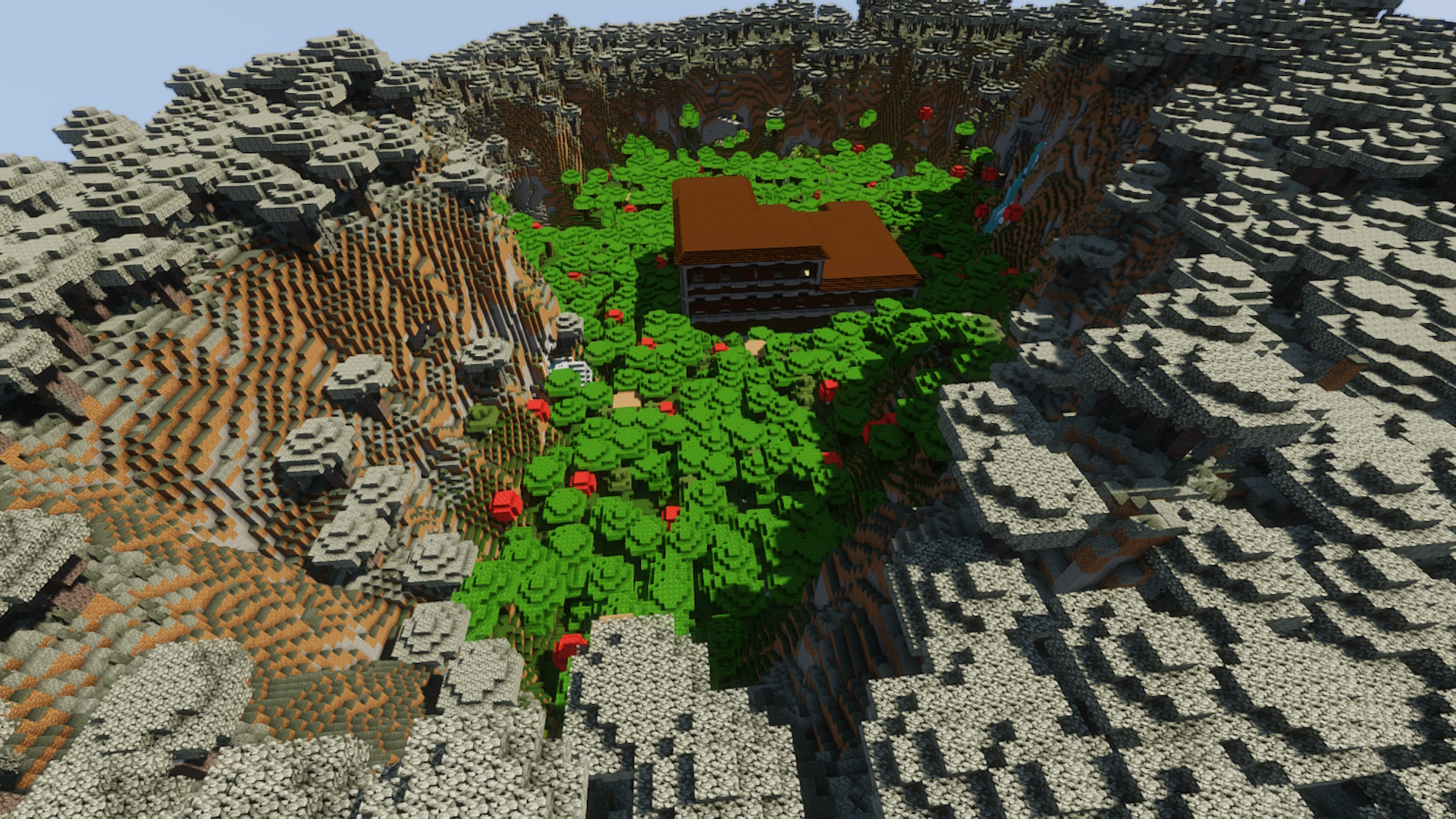
Procedural generation has a long-standing history of managing to create extensive content from minimal inputs.
Recently, a collaboration between researchers from Coburg University in Germany and staff from AMD yielded a groundbreaking procedural algorithm capable of generating a stunning 35.6 GB’s worth of trees, leaves, and other vegetation using a mere 52 kB of data.
This pioneering work addresses the challenges posed by dense vegetation in real-time graphics, especially in gaming, which typically demands high VRAM or processing time. This method effectively reduces the memory required for such visual elements dramatically.
Moreover, the team presented their findings at the Eurographics Association’s High-Performance Graphics Symposium in 2025, detailing how the algorithm leverages GPU work graphs for efficiency. When tested on a Radeon RX 7900 XTX, the system could generate and render this complex scenery in just 7.7 milliseconds.
In an era where frame rates of 60fps are standard, this technology moves closer to accessible use in real games, potentially revolutionizing how developers approach rendering in interactive environments.
 Most famous procedurally generated game
Most famous procedurally generated game
This progress in procedural techniques signals exciting possibilities for future gaming experiences, promising expansive worlds that retain high graphical fidelity without hefty data requirements.
